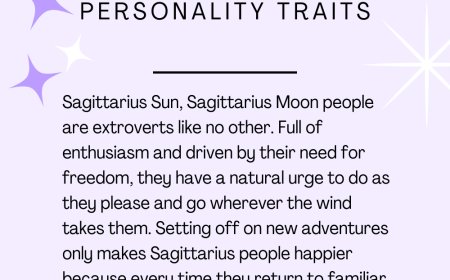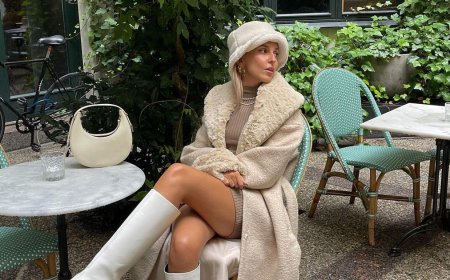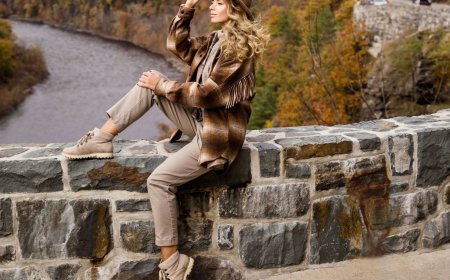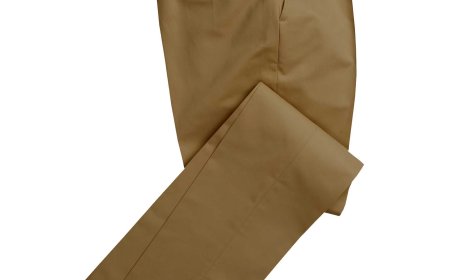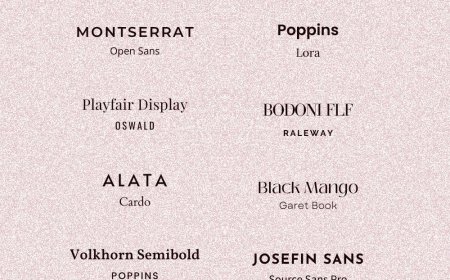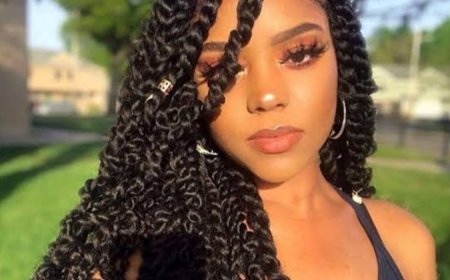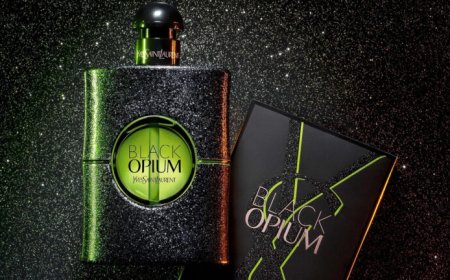Lana Del Rey’s Most Iconic Outfits: A Style Guide
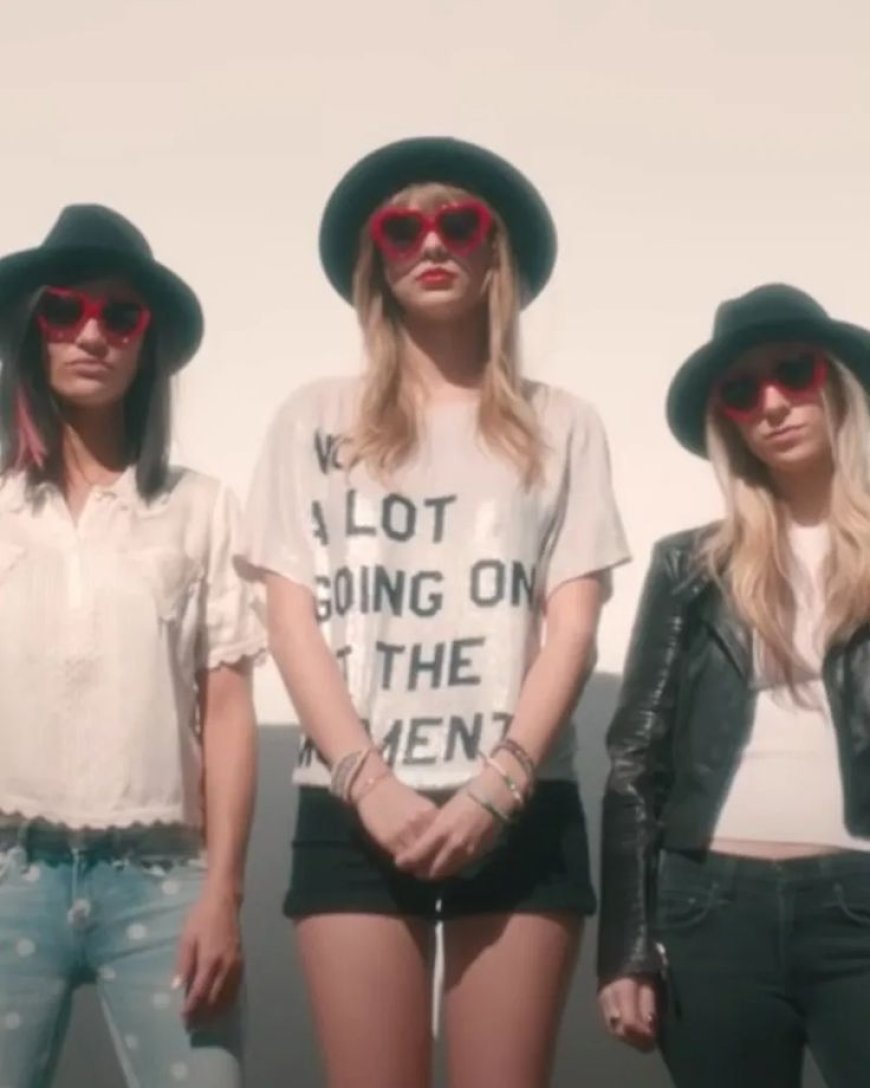
In the ever-evolving landscape of popular music, few artists possess the ability to weave their personal aesthetic into their artistic expression quite like Lana Del Rey. Her fashion choices, often emblematic of her melancholic and nostalgic sound, serve as a reflection of her multifaceted persona. This guide delves into some of Lana Del Rey's most iconic outfits, offering insights into the underlying symbolism and cultural contexts that have influenced her distinctive style.
As we analyze her evolution as a style icon, it is essential to understand the contexts in which these outfits emerged and the emotions they evoke. Del Rey’s looks frequently oscillate between the romantic and the tragic, encapsulating a sense of longing that resonates deeply with her fanbase. As we explore her iconic outfits, we will identify key themes, influences, and how they have shaped her public persona.
Timeless Vintage Vibes: The Allure of Retro Aesthetics
One of the hallmarks of Lana Del Rey’s style is her unabashed embrace of vintage fashion. Her aesthetic often draws inspiration from the mid-20th century, evoking an era characterized by glamour and sophistication. This inclination toward retro styles is exemplified in her frequent use of figure-hugging dresses, high-waisted skirts, and oversized sunglasses.
In her music videos, such as "Blue Jeans," Del Rey's wardrobe features sultry, fitted dresses that hark back to the 1960s. The use of rich fabrics and deeply saturated colors creates a visual nostalgia, drawing upon an idealized version of Americana that promotes both beauty and melancholy. Her affinity for these timeless silhouettes resonates with the cultural nostalgia prevalent in contemporary media, tapping into a collective yearning for a simpler, yet glamorous past.
Del Rey’s use of accessories further enhances her vintage-inspired outfits. Her signature oversized sunglasses and classic cat-eye eyeliners serve to augment her mysterious persona. These accessories do not merely serve a functional purpose; they also create an aura of unattainable beauty, invoking the glamour of Hollywood icons from yesteryears.
The Influence of Subcultures: A Darker Pallette
In stark contrast to her vintage looks, Lana Del Rey occasionally incorporates elements from various subcultures, enshrining a darker palette within her fashion repertoire. The juxtaposition between innocence and the darker aspects of life is a recurring theme in her work and has been manifested vividly through her clothing choices.
For instance, in the album "Born to Die," Del Rey embraces a more gothic and opulent aesthetic. Her choice of darker hues, heavy fabrics, and striking silhouettes conveys an allure tinged with danger. The use of accessories such as leather jackets and lace gloves not only strengthens her edgy appeal but also serves as a visual metaphor for the emotional complexities in her music. The dark romanticism embodied in her fashion choices resonates with her lyrical themes, creating a cohesive narrative that extends beyond sound.
Moreover, the influence of the punk subculture can be observed in Del Rey's occasional divergences from the traditional feminine archetype. By juxtaposing leather and lace, she creates a powerful dichotomy that emphasizes both strength and vulnerability. This blending of aesthetics speaks to the contemporary conversation surrounding femininity, identity, and empowerment, allowing her fans to engage with her art on multiple levels.
Celebrating Feminine Archetypes: The Contrast of Innocence and Seduction
Throughout her career, Lana Del Rey has adeptly navigated the spectrum of femininity through her sartorial choices. Her outfits oscillate between demure and seductive, reflecting the complexities of womanhood. This nuanced portrayal is particularly evident in her musical visuals, wherein she often explores themes of love, loss, and self-discovery.
In her critically acclaimed song "Summertime Sadness," Del Rey encapsulates a dreamy, ethereal aesthetic through flowing dresses and floral patterns. These choices evoke images of endless summer days, yet the underlying tone suggests an elegiac quality. This duality enhances the listener’s experience, allowing for deeper engagement with the themes presented in her music.
Conversely, in performances of tracks like "National Anthem," she dons more assertive outfits, such as sequined dresses or boldly patterned ensembles, which exude confidence and allure. The sartorial decisions in these moments symbolize a celebration of femininity that embraces both strength and sensuality. By deftly maneuvering through these archetypes, Del Rey crafts a visual narrative that invites her audience to ponder their interpretations of gender and identity.
Conclusion: A Cinematic Journey Through Fashion
Lana Del Rey stands as a preeminent figure in the music industry, not only for her distinctive sound but also for her sartorial prowess. Her ability to articulate complex emotions through fashion, artfully blending vintage inspirations, dark subcultural elements, and multifaceted feminine archetypes, has established her as a style icon.
As we reflect on her most iconic outfits, it becomes apparent that each ensemble serves as a visual manifestation of her lyrical themes. Each piece is infused with emotional resonance, inviting her audience to engage with broader societal narratives of nostalgia, identity, and femininity. Del Rey's fashion choices wield the power to evoke a profound connection between the viewer and the art, further blurring the lines between music, image, and cultural commentary.
Through her rich and evocative style, Lana Del Rey has cemented her status not only as a purveyor of music but also as a curator of a unique visual narrative that continues to captivate audiences worldwide. In observing her transformation across various periods, it is clear that her contributions to fashion will endure, leaving an indelible mark on the cultural zeitgeist.
What's Your Reaction?
 Like
0
Like
0
 Dislike
0
Dislike
0
 Love
0
Love
0
 Funny
0
Funny
0
 Angry
0
Angry
0
 Sad
0
Sad
0
 Wow
0
Wow
0
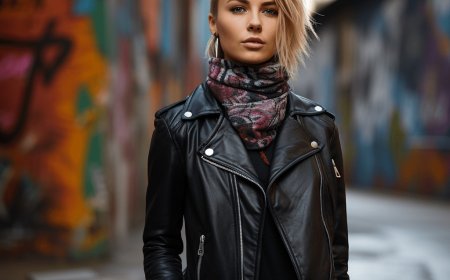
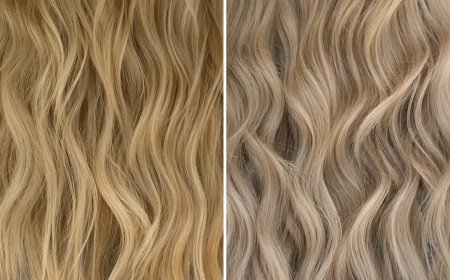
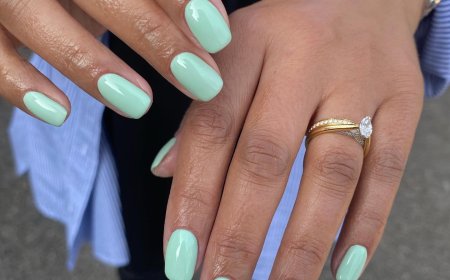
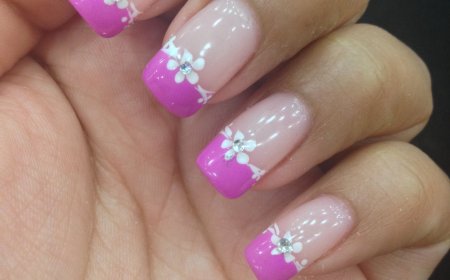

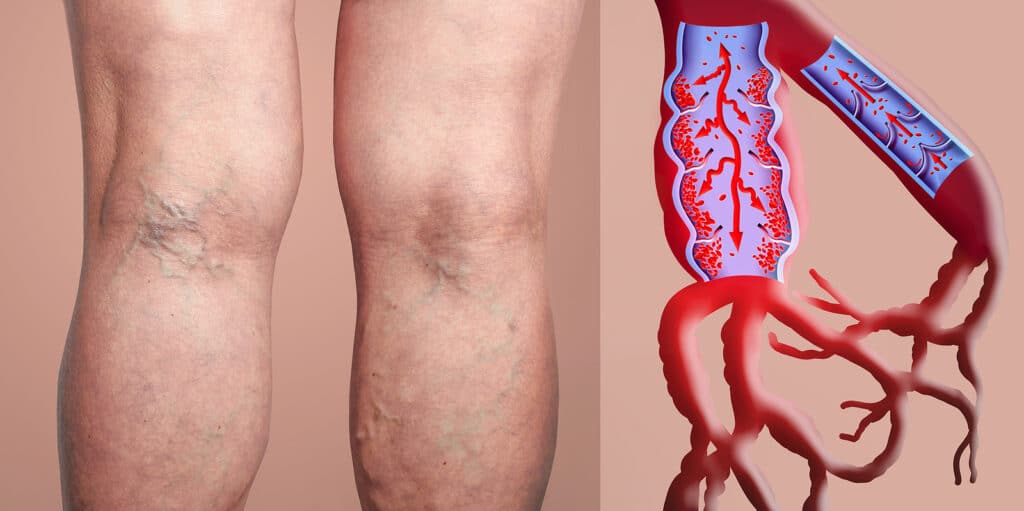

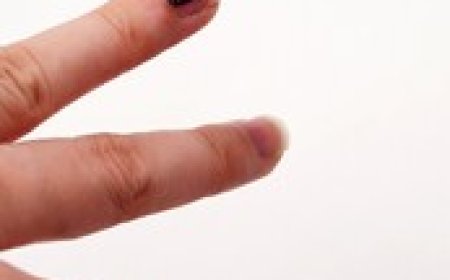

:max_bytes(150000):strip_icc()/drugstore-retinol-creams-tout-f76b9d2796e34eaa8376801c83fb1888.jpg)

